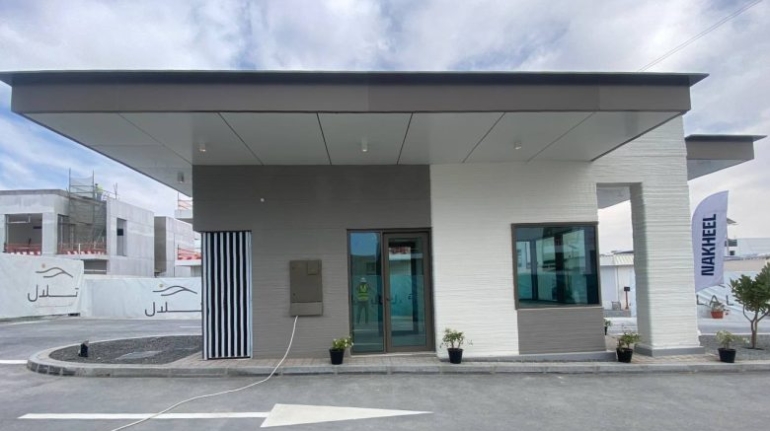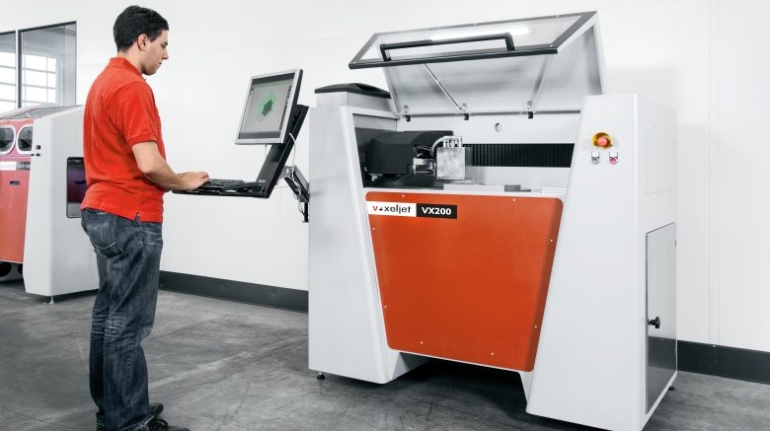PrintStones 3D construction printing company accredited by Dubai Municipality Construction 3D Printing
PrintStone 3D, a Dubai-based company specializing in 3D printing technology for construction, has received accreditation from the Dubai Municipality for the first 3D building system. This accreditation comes after the successful completion of the 3D printed Gate House in a residential community of one of the leading real estate developers in Dubai. The approved technical conditions for PrintStone’s 3DCP technology are valid for one year from the date of issuance.



